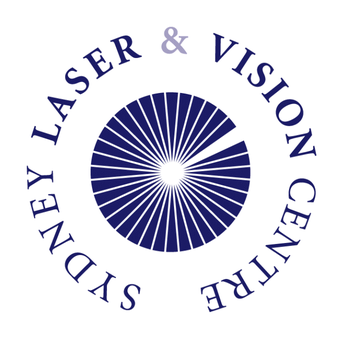Macular Degeneration
What is AMD?
Macular degeneration occurs when the macula deteriorates, affecting a person’s ability to see fine detail. The macula is a small area of the retina, which is located at the back of the eye. It is responsible for detailed central and colour vision. Macular degeneration generally affects people as they age and is commonly referred to as Age-related Macular Degeneration. Macular degeneration comes in two forms:
Dry macular degeneration is the more common of the two forms. It occurs with the depositing of cellular debris, called drusen, in the macula, creating shadowy or blurry spots in the central visual field. In its later stages, the blind spots can grow and darken.
Wet macular degeneration is a more advanced and damaging form of the disease. As the retina is starved of oxygen, new blood vessels grow in order to resupply oxygen to the retina. These new blood vessels are weak so can easily haemmorhage leading to the leakage of blood and fluid which causes the macula to swell. Visual loss can then occur. Symptoms include distortion in vision for example straight lines may appear wavy.
Treatment
Lucentis/ Eylea Injections
Although there is no treatment to restore vision lost to macular degeneration (MD), there are some available drugs that help prevent vision from getting worse or even improve the remaining vision. One of the latest advancements in treatment of macular degeneration is Lucentis/ Eylea injections. These drugs target the VEGF (Vascular Endothelial Growth Factor) protein, which is responsible for promoting the growth of abnormal vessels in the retina in wet MD. Lucentis blocks this VEGF, which results in the reduction of leaking and swelling in the retina.
Lucentis is administered through an injection into the eye. It is a day procedure, which is done using a topical anaesthetic to the eye. After the injection, an antibiotic drop is used in the eye for a week to help prevent infection.
Lucentis and Eylea
The drugs Lucentis and Eylea are registered by the Therapeutic Goods Administration (TGA) and are subsidised by the Pharmaceutical Benefits Scheme (PBS) for the treatment of:
•Wet age-related macular degeneration (AMD), Diabetic macula edema (DME), Retinal vein occlusion (RVO)
What Diagnostic Tests are needed ?
a) Fundus fluorescein angiography (also known as angiogram or FFA)
This test checks for bleeding or leakage under the retina. It is required before you first start injections in order to qualify for Pharmaceutical Benefits Scheme (PBS) reimbursement of the drug that is used to treat the bleeding or leakage. It may also be done to check for new leakage. it involves - Retinal photography, including intravenous dye examination
b) Ocular coherence tomography (OCT): An OCT scan shows the cross-sectional layers of the retina and is initially performed to confirm a diagnosis and measure how much swelling has occurred. OCT scans will typically be undertaken on a regular basis while on a course of injections in order to monitor response to treatment. OCT scans are now internationally recognised as the standard of care to monitor response to injections, however their use is not currently covered by Medicare and an additional fee may be charged for these.
c) Other tests: Depending on individual needs, other tests may be undertaken.

